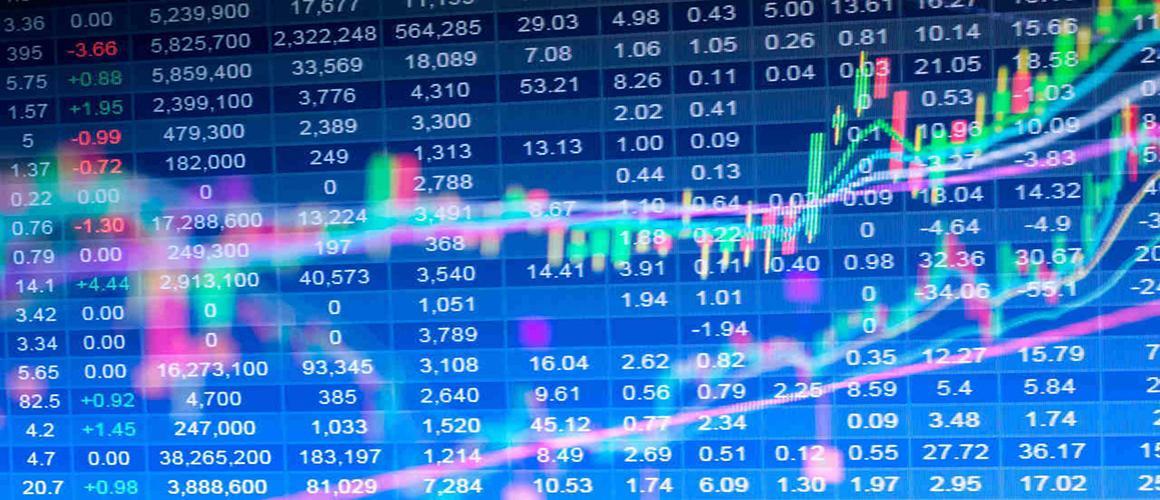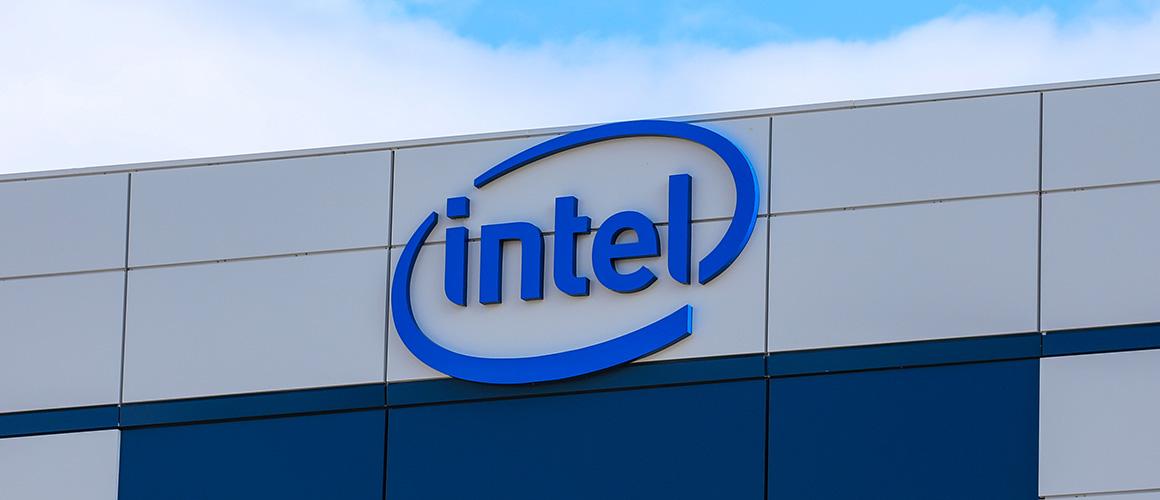Mastering the Art of Trading with the Volatility Index (VIX)
7 minutes for reading

Traders have always been trying to analyse and forecast future price movements. Some use chart patterns, while others construct complicated trading systems based on indicators. However, there is always an alternative to all these approaches, which is the VIX analysis.
This instrument is the index of future volatility of the US stock market. It's also known as "the fear index" because it reflects the market sentiment. When the index values grow, this might mean that the market is expecting serious movements, such as corrections or even global crises. This information, in turn, can be used for making trading decisions.
This article is devoted to the VIX and the ways of trading it and its derivatives.
What is the VIX?
The Volatility Index (VIX) was created in 1993 by the Chicago Board Options Exchange. In particular, it represents the opinion of traders on the behaviour of the stock market over the next 30 days.
The VIX is calculated in real time by the Black-Scholes formula based on eight stock prices of the S&P 500 index. VIX values can give an idea of how volatile the next market movements will be, and this information, in turn, might help investors make a trading decision.
Some say that the market volatility will grow alongside the growth of the index values. So, if the index values are low, the market will remain stable, with no volatility expected.
For example, in March 2020, the index values rose extremely high, reaching the level of 2008 when the world became immersed in a tremendous economic crisis. Indeed, the instability at the beginning of 2020 made investors fearful, which resulted in a serious slump in stocks.
It's now clear that while the market is falling deeper down in the red, panic and uncertainty among investors grow even more, making the VIX values rise. With the VIX, a trader can try catching the early stages of panic as well as its potential end to start buying cheaper shares with no hurry.
How to use the VIX
Some say that it was the financial crisis of the banking sector that heated the interest of traders towards volatility so badly. To satisfy the demand, some products appeared that facilitated investments in ETFs and notes via the VIX.
On the one hand, these investments allowed making a profit on VIX movements or hedge risks of possible market slumps. If the market slumps into a lengthy correction, buying VIX can compensate for the drawdown of a portfolio and can be used as a hedging instrument.
By opening a position in the VIX, a trader can balance out other stock trades in their portfolio and hedge their market exposure. For example, if a trader buys stocks included in the S&P 500 and looks for smoothing out possible consequences of the short-term growth of volatility, they may open a buying trade in the VIX to decrease risks of corrections in stocks. And if the trader is mistaken, and volatility has not grown, the profit from buying the stock compensates for the losses from the long position in the VIX.
How to trade the VIX
Most often, the fear index is invested in ETFs or ETNs. Let's focus on some of the instruments.
ProShares VIX Short-Term Futures ETF (VIXY)
This is a rather popular instrument among other ETFs. It represents the volatility dynamics of the VIX based on the S&P 500 VIX Short-Term Futures Index, which, in turn, consists of a set of short-term VIX futures.
However, this type of instrument is complicated and should be considered for the use of experienced investors only. As a rule, when the investor understands well what they need, they either try to make a profit on the growth of the S&P 500 volatility or hedge from a significant market slump.
ProShares VIX Short-Term Futures ETF (VIXY) live price chart
ProShares VIX Short-Term Futures ETF (VIXY) live chart
iPath B S&P 500 VIX Short-Term Futures ETN (VXX)
This one is a popular instrument among ETNs. It offers access to a daily moving long position in VIX futures of the first and second month. VXX represents the expectations of investors about the future direction of the VIX at the moment when its futures expire.
The asset is volatile, and its movements can reach 10% a day. It can be considered as an instrument for aggressive trading. Note that VIX movements may have no correlation with VXX, as there is a certain lag.
Traders also note that VXX does not suit long positions but it still has negative correlation with the S&P 500. Hence, in large corrections, traders can try to make a profit on the growth of volatility with iPath B S&P 500 VIX Short-Term Futures ETN (VXX).
iPath B S&P 500 VIX Short-Term Futures ETN (VXX) live price chart
iPath B S&P 500 VIX Short-Term Futures (VXX) live price chart
Closing thoughts
In essence, the VIX represents the volatility of the US stock market. When its values rise high, investors fear an approaching market correction. And if VIX values are low, this means investors are confident about future market growth.
Note that investments in the VIX are thought to be risky – as such, it can be used for short-term and aggressive investing only. The "buy and hold" principle is useless here – a trader will have to keep tracking trades and market behaviour on the whole to avoid serious losses.
Some people take the opportunity to invest in the VIX during a financial crisis since market players can be anxious to sell their assets during this time, which influences the growth of volatility and a surge in the VIX. But one should always consider the risks involved.
카테고리들
최근 게시물
Discover How Warren Buffett Adjusted His Investment Holdings in the Second Quarter: New Additions and Complete Sell-Offs
The Public Offering of Justworks, Inc.: A Deep Dive into its Innovative Cloud-Based Accounting Management Platform and its Investment Appeal on 12 Jan...
Delve into the Forces Shaping the Gaming Industry: Insights on Engine Gaming, SciPlay, Sea, Roblox, and Electronic Arts.
Peloton Unveils Business Overhaul with Leadership Change and Cost-Cutting Strategy: Targeting Growth or Setting the Stage for Acquisition?
Weekly News Roundup: Salesforce, Okta, Chewy, and Crowdstrike Release Quarterly Results; Microsoft Reduces Quarterly Forecast - How Did Their Stocks R...






